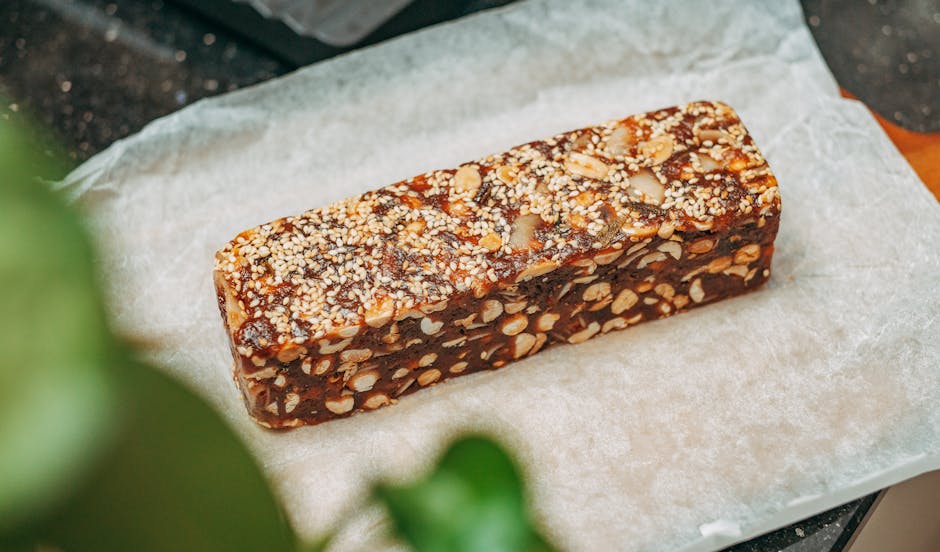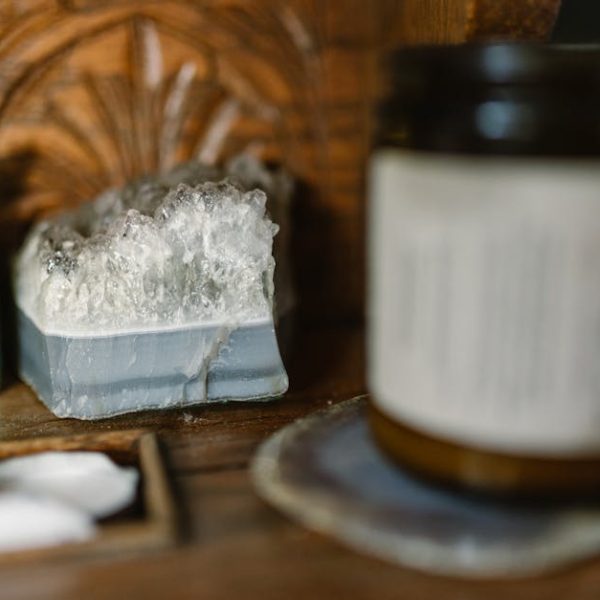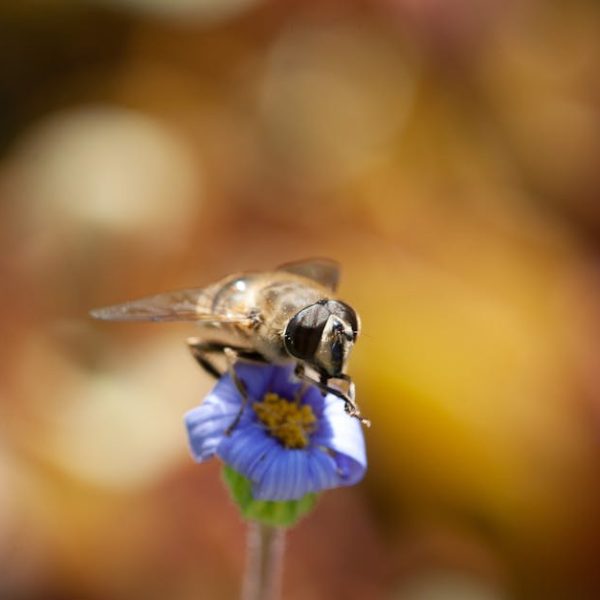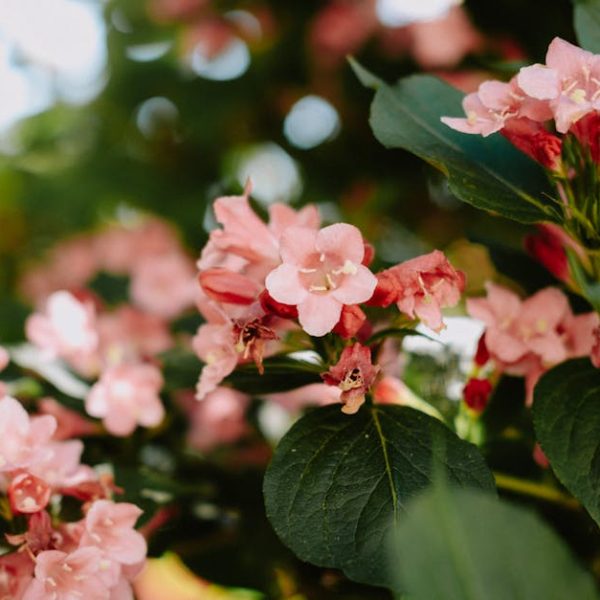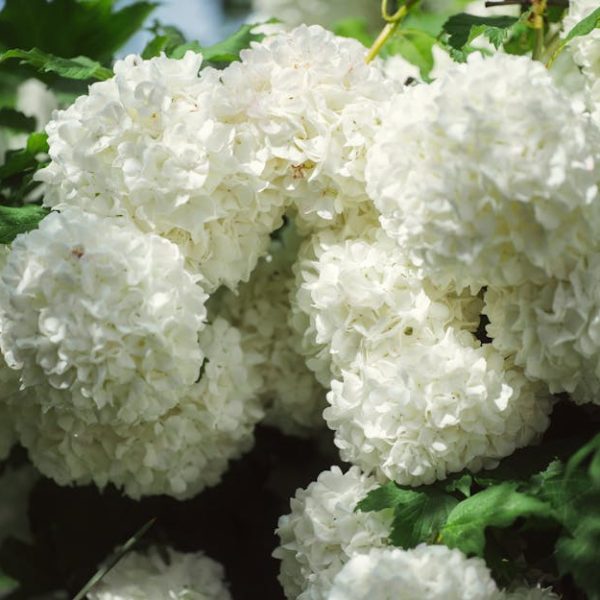Introduced to American soil in the early 1700s, peanuts have become a vital part of the U.S. agricultural landscape. Not only do they produce a beloved and versatile food product, but they also contribute to soil health through nitrogen fixation. Growing peanuts can be both a rewarding and profitable venture, whether it’s for home consumption or on a larger, commercial scale. This article will shed light on the key aspects related to growing peanuts, from understanding the basics to harvesting and storing the produce.
Understanding the Basics of Peanut Plants
Belonging to the fabaceae, or legume family, peanuts are plants characterized by their unique growth cycle and anatomy. After flowering, the peanut plant bends towards the ground, pushing its ovary into the soil. There, the peanuts grow and mature underground, earning it the nickname groundnut.
Characteristics of the peanut plants include:
- Root structure: peanuts have both taproot and fibrous lateral root systems, enabling them to access water and nutrients at varying soil depths.
- Flowering pattern: peanut plants bloom yellow flowers approximately 30 to 40 days after planting.
- Lifespan: peanuts typically have a growth cycle of 120 to 150 days, depending on the variety and growing conditions.
Growing peanuts present numerous rewards such as improving soil health and providing a rich source of protein. However, it’s important to note that they do require careful maintenance and can be susceptible to various pests and diseases.
Choosing the Right Time and Location to Plant Peanuts
Successfully growing peanuts is intricately tied to when and where you choose to sow the seeds. Peanuts flourish in warm climates, hence, they should be planted after the danger of spring frost has passed – typically around late April through May.
When it comes to location selection, here’s a pro tip: choose a site that offers full sun exposure with well-drained, sandy, or loamy soil. A sunny spot in your garden with well-draining soil ensures the growth of healthy and productive peanut plants.
Preparing for Peanut Planting Checklist:
- Test your soil pH – peanuts prefer slightly acidic soil with pH levels between 5.8 and 7.0.
- Plow or till the garden plot to loosen the soil about 2 weeks before planting.
- Remove any rocks or hard clumps from the soil.
- Enrich the soil with organic matter or compost, especially if your soil is heavy clay.
- Consider raised beds or containers if the soil is poorly-draining.
An Overview of Planting Procedure
Planting peanuts involves several steps beyond just pressing seeds into the ground. Firstly, it’s crucial to use fully matured and untreated seeds. Raw, unroasted peanuts can usually be sourced from local garden centers or online.
When planting, a key best practice is to ensure the seed is placed two inches deep in the soil with about 8 to 18 inches between seeds, depending on the variety. The seed should be oriented with the pointed end facing downwards.
Monitoring and managing watering is also important in the early life of peanut plants. They prefer moist, but not waterlogged, soil. Overwatering, especially in heavy soils, can lead to seed rot. Comparatively, under watering can cause poor germination and development.
Remember to mulch around the base of the plants to moderate soil temperature and moisture. This also helps in controlling weed growth.
In terms of planting methods, traditional garden sowing directly into the soil is the most common. However, for some gardeners, starting peanuts indoors in biodegradable pots before transplanting can provide better control over the early stages of growth. Both methods can yield successful results; the choice depends on the grower’s circumstances and preferences.
Maintaining Peanut Plants for Optimum Harvest
Once your peanuts have been planted, consistent care and maintenance will be vital in ensuring a bountiful harvest. Regular watering is key; peanut plants typically need an inch of water per week, though during flowering and pegging, this may increase to two inches.
Fertilizer can also be a great help to maximizing peanut yields. However, peanuts do not typically require much nitrogen as they can generate their own. Instead, consider using a fertilizer with a low nitrogen content but high in phosphorus and potassium.
Monitoring for pests and diseases is crucial for the health of your peanut plants. Common pests might include cutworms and beetles, while diseases like leaf spot, rust or rosette can potentially devastate your peanut field.
To tackle these challenges, consider the following tips:
- Rotate crops. Peanuts should not be grown in the same spot year after year.
- Practice good sanitation. Remove any diseased plants or plant parts to avoid infection spread.
- Use pest-resistant peanut varieties when possible.
Harvesting and Storing Peanuts
Knowing the correct time to harvest peanuts is paramount for maximizing yield and quality. As a general rule, peanuts are ready when their leaves turn yellow, around 120 to 150 days after planting. Once harvested, it’s important to allow the peanuts to dry to ensure optimal freshness.
Here’s a quick checklist for harvesting and storing peanuts:
- Dig up the entire plant, and gently shake off loose soil.
- Allow the dug-up plants to dry in the sun for a few days or until the shells become brittle.
- Remove the pods from the plants, and spread them out to cure in a warm and well-ventilated area for 1-2 weeks.
- Store peanuts in a cool, dry, and dark place.
When it comes to storing peanuts, it’s best to keep them at a stable temperature with low humidity to prevent any mold growth. If you plan to use the peanuts for seeds next season, keep them in their shells until planting time.
Growing your own peanuts can be a gratifying endeavor, from watching the process unfold from seed to harvest, to enjoying the fruits of your labor in your favorite dishes or snacks. By following these tips and guidelines, you’re well on your way to a successful and satisfying peanut harvest! Happy Planting!
Key Takeaway:
- Peanut plants, characterized by their unique growth cycle and anatomy, thrive in warm climates and well-drained, sandy, or loamy soil.
- Planting the right seed, at the right time, and in the right place is crucial for the healthy growth of peanut plants.
- The successful cultivation of peanuts requires continuous care and maintenance, including managing watering, using proper fertilizer, and controlling pests and diseases.
- Knowing the correct time to harvest and process peanuts is paramount for achieving high yield and optimum quality.
Take heart in knowing that peanut farming can be a greatly satisfying journey. Remember, patience and attention to detail are vital. The process can seem lengthy, but the result is absolutely worth it. Happy gardening!
FAQs
Q: What other plants can benefit from being grown in the same soil as peanuts?
A: Beans, corn, and cucumbers can benefit from being grown in same soil as peanuts due to the nitrogen-fixing property of peanuts which improves the soil health.
Q: How can I increase the yield of my peanut plants?
A: Regular watering, appropriate use of fertilizer, controlling pests and diseases, and rotating crops can significantly help to increase the yield of your peanut plants.
Q: Can peanuts be grown indoors?
A: Yes, you can start planting peanuts indoors in biodegradable pots which can then be transplanted outdoors once they have matured and weather conditions are suitable.
Q: Do peanuts require a lot of water?
A: Peanuts prefer moist, but not waterlogged, soil conditions. Overwatering can lead to seed rot, while underwatering can result in poor germination and development.
Q: How long can stored peanuts last?
A: Stored properly, peanuts can last for up to a year. It’s best to keep them at a stable temperature with low humidity to prevent any mold growth.
If this article provided helpful insights for your peanut planting journey, feel free to share it and explore more posts on our website.
